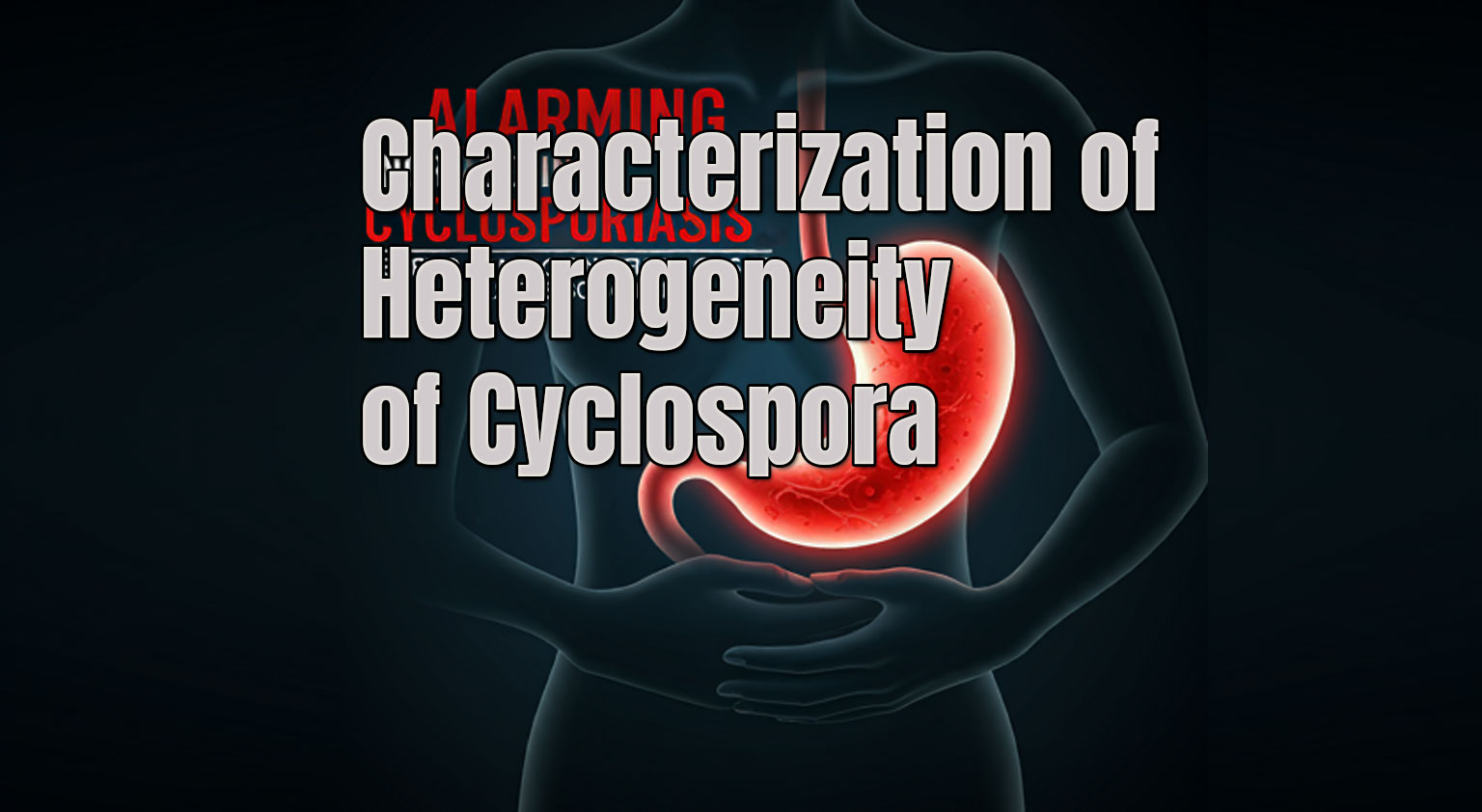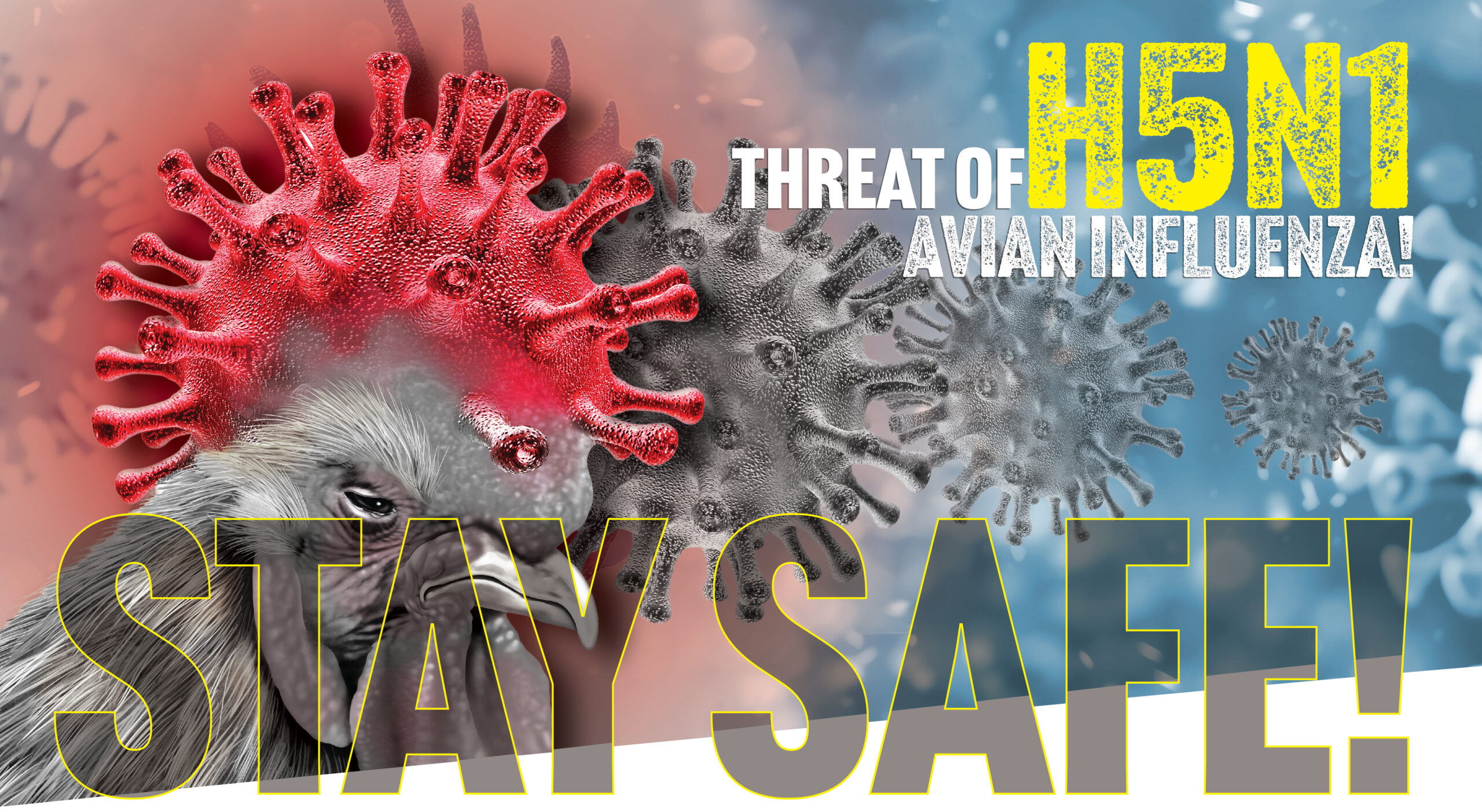We are delighted to announce that CREM Co Labs (CCL) has now received ISO/IEC 17025 certification for its biological testing services. This adds to our existing compliance with OECD Good Laboratory Practice (GLP) standards and reaffirms our commitment to providing our clients the highest quality service in all aspects of our work.
We are delighted to announce that CREM Co Labs (CCL) has now received ISO/IEC 17025 certification for its biological testing services. This adds to our existing compliance with OECD Good Laboratory Practice (GLP) standards and reaffirms our commitment to providing our clients the highest quality service in all aspects of our work.
An international team of neurobiologists has developed a way to use a single-celled parasite Toxoplasma Gondii to deliver therapeutic proteins directly into brain cells. In this study published in Nature Microbiology, the researchers addressed the challenge of the brain’s selective permeability, which restricts treatment options for neurological conditions.
A recent study funded by AMD and conducted by the CDC’s Division of Parasitic Diseases and Malaria revealed that Cyclospora cayetanensis is actually comprised of at least three distinct yet closely related single-celled organisms. Cyclosporiasis, a serious intestinal illness caused by the parasite Cyclospora cayetanensis, is linked to contaminated fresh fruits like raspberries.
The biocides guidance applies to products defined as biocides under regulations, specifically drugs designed to destroy or inactivate microorganisms or control their number on non-living, non-liquid surfaces. To qualify as a biocide and be eligible for market authorization, a product must achieve a minimum efficacy level of 99.9% (3 log10) reduction in microorganisms.
Mpox virus, also known as the Monkeypox virus, is an enveloped double-stranded DNA virus classified within the Orthopoxvirus genus of the Poxviridae family. Monkeypox infection causes a milder illness compared to smallpox, consisting of an influenza-like prodrome followed by a distinctive vesiculopustular rash. Although Mpox primarily spread through close human contact, it can also be transmitted from contaminated surfaces and via indoor air.
A recent collaborative effort between NIZO Food Research and Wageningen University and Research (WUR) has shed light on the presence of microbial contaminants within 88 diverse plant-based ingredients used in dairy alternatives. The study identified a significant variation in the level of contamination, with a worrying prevalence of spore-forming microbes in many samples.
The circulation of the highly pathogenic avian influenzavirus (HPAI) H5N1 has intensified globally since 2021 with mass mortality in wild birds and poultry and incidental infections in mammals such as cattle.
The virus is a subtype of the influenza A virus belonging to the family Orthomyxoviridae which consists of viruses with a negative single-stranded RNA genome. The genome has eight segments encoding at least 11 different proteins, including hemagglutinin (HA) and neuraminidase (NA) glycoproteins.
The virus is a subtype of the influenza A virus belonging to the family Orthomyxoviridae which consists of viruses with a negative single-stranded RNA genome. The genome has eight segments encoding at least 11 different proteins, including hemagglutinin (HA) and neuraminidase (NA) glycoproteins.
Measles virus, a human pathogen, is in the genus Morbillivirus. It is an enveloped, single-stranded, non-segmented, negative-sense RNA virus. Its virions are pleomorphic (roughly spherical) in shape with a diameter of 300–500 nm. Parainfluenza and mumps viruses are within the genus Paramyxovirus, and the respiratory syncytial virus (RSV) and metapneumovirus are within the genus Pneumovirus.










